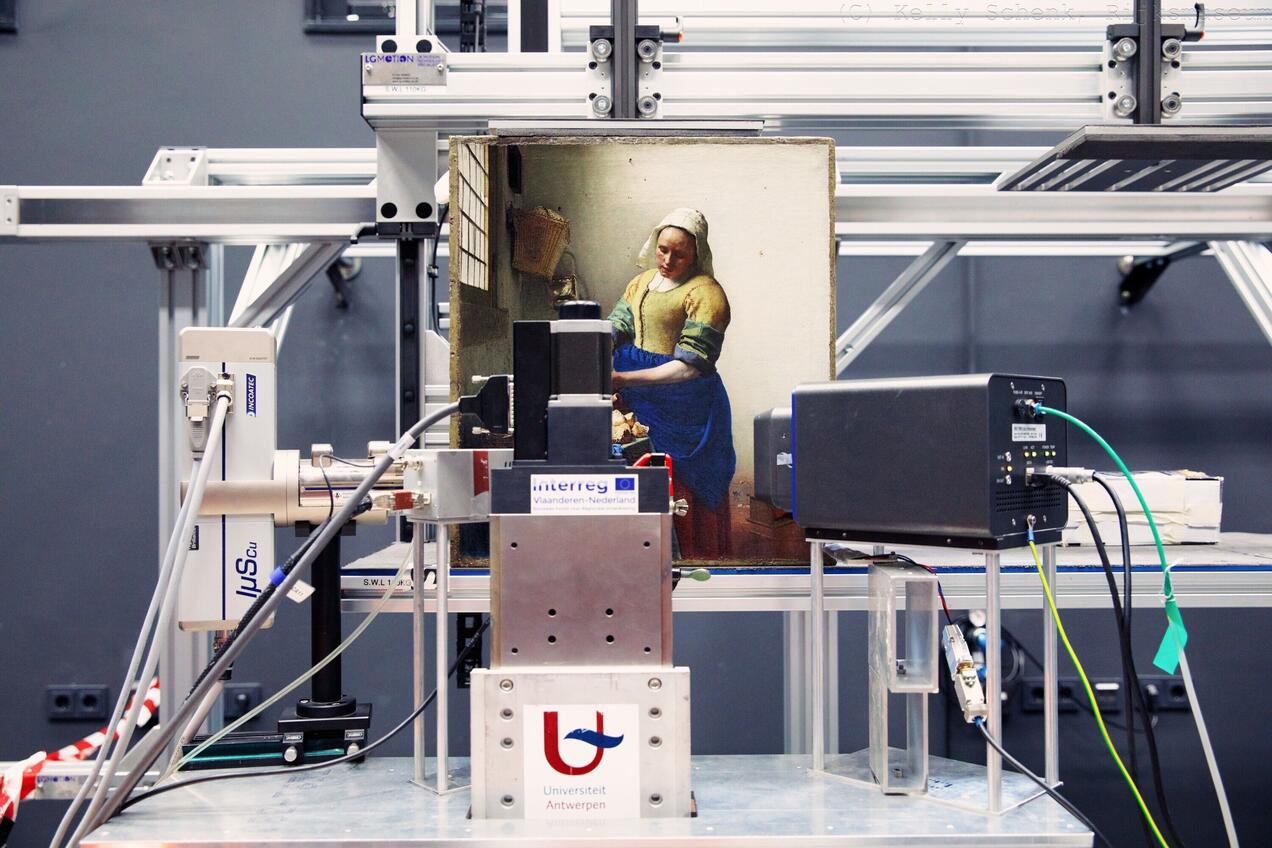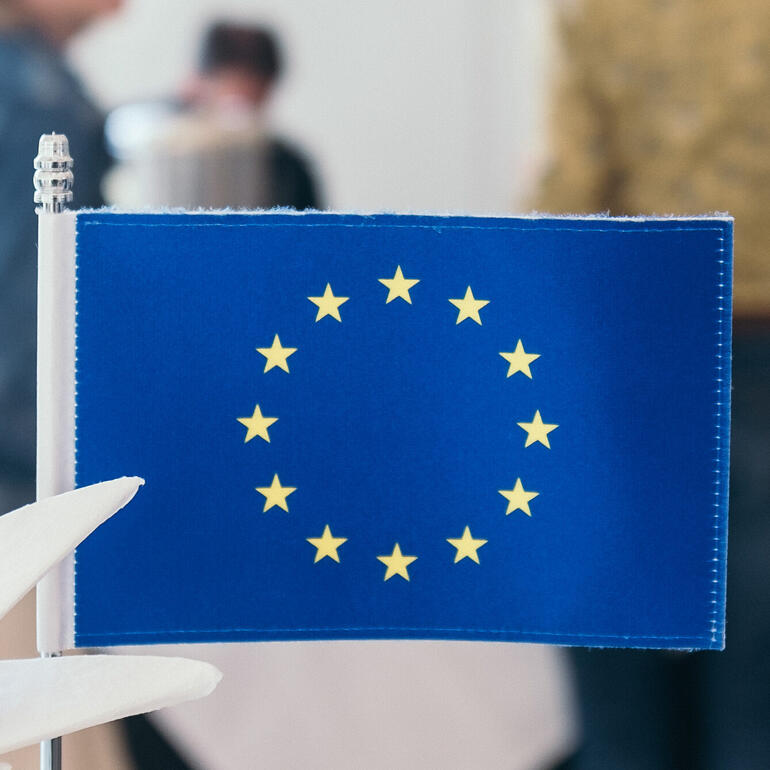
Smart*Light 2.0
High-quality X-ray analyses are crucial for medical applications, the preservation of cultural heritage, and the development of materials and processes that contribute to a more sustainable society. The aim of Smart*Light 2.0 is to expand a pilot instrument into a versatile research instrument.
About us
In the framework of the Interreg V project Smart*Light, we have developed X-ray instruments for high quality X-ray analyses. These analyses provide insight into the changes in structure during manufacturing and usage, resulting in stronger and more durable materials. Additionally, they aid in understanding processes such as material failure behaviour and pigment fading in paintings, as well as in how these processes can be slowed down or prevented.
High-quality material analyses with a 'tabletop synchrotron'
Smart*Light 2.0 addresses a next step: the configuration of a reliable and optimised instrument for specific X-ray analysis techniques. The project focuses on fluorescence, diffraction, scattering, spectroscopy, and tomography. These techniques enable the determination of elemental structure, atomic structure, nanostructure, chemical structure, and 3D structure on a sub-millimetre scale, respectively. Using these techniques is essential for gaining a better understanding of materials.
To ensure the instrument's wide and sustainable applicability, we will first examine and improve its various components, including the source, X-ray optics, detection equipment, and the specific environment of the material to be examined, using state-of-the-art technology. We will then match the components as closely as possible. A system analysis will be performed for each X-ray analysis technique, and feedback will be provided through a series of pilot experiments. Differentiation will be made for various types of materials, including steel, light metal alloys, pharmaceutical materials, computer chips, catalysts, biomedical tissues, and works of art.
The objective is to have an instrument available at the end of the project period that can be used by the Dutch and Flemish research community and that can subsequently be developed into a fully-fledged research instrument.



